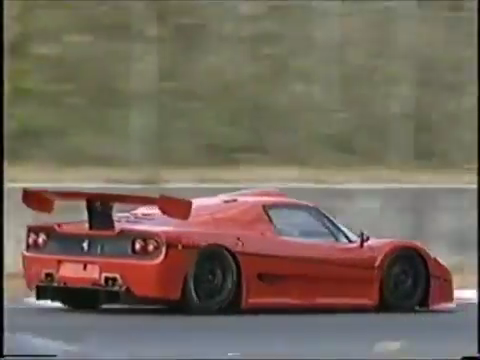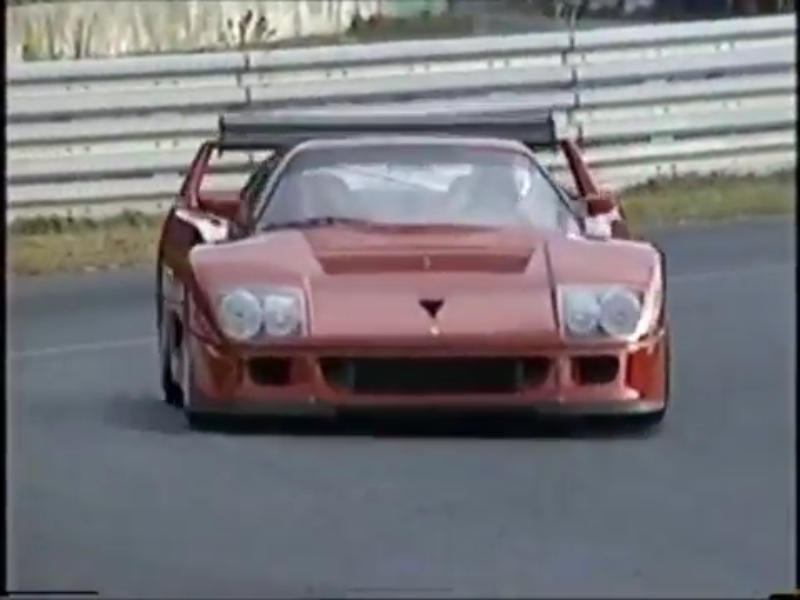Though the latest Ferrari flagships haven’t been made into racers for international competition, the best of the Prancing Horse’s mid-engined supercars were driven to considerable success back in the eighties and nineties. The F40 LM and Evoluzione were big names in international GT racing in the late-eighties up until the mid-nineties—quite a long run—when Ferrari planned to bring their then-newest flagship into FIA GT racing.
So Much Potential
The F50, for reasons that are still unclear to me, is the unloved member of the Ferrari flagship family. Its screaming V12, its curvaceous body, and the incredible wing made it something special—though I admit I was only eight when I saw it, so my childhood obsession with supercars might’ve kept me from seeing its shortcomings. Some members from race-builder Michelotto seemed to have shared that infatuation; their racing version of the F50, something called the F50 GT, could’ve been the most impressive machine for the series it was destined for: the BPR Global GT Series.

The wail of the V12 at 11,000 rpm is something anyone with a drop of oil in their veins needs to hear.
The 4.7-liter V12 was reworked to produce 750 horsepower and 390 lb-ft of torque, which, sent through a six-speed sequential, made it very quick. The 2,000-pound F50 GT hit 60 miles an hour in 2.9 seconds and reached a top speed of 236 miles an hour. Complemented by a fixed roof, new aero components, Speedline wheels, and all the typical racecar accouterments, the stillborn F50 GT certainly could’ve been something special.
Apparently, the F50 GT program was cancelled late in its development period due to Ferrari’s disappointment with the FIA’s rules regarding homologation specials like the Porsche 911 GT1 allowed into competition. It’s a pity it never entered any race, but we are lucky enough to witness this rare footage of the car driven in anger at Okayama. With obvious torque everywhere in the rev range and supposedly greater pace than their contemporary sportscar hit, the 333SP, it would’ve given the Porsches, Listers, and McLarens topping the timesheets something to worry about.
The Proven Predecessor
Slightly heavier but more powerful was its predecessor, the F40 LM. Stripped down to an incredible 2,300 pounds, the Lexan-clad supercar went racing with Porsche, Audi, and Nissan in the late eighties and often showed them its distinctive four taillights.
The 2.9-liter V8 made as much as ~780 horsepower on 32 pounds of boost, the straightline speed was enviable. Though maybe not as tractable as the F50 GT’s V12, its thrust is undeniable—and the regular stabs of flame compensated for whatever lack of low-end torque. Just look at how it devours the road ahead when the driver gets a chance to stretch its legs (7:28). Clearly, you can see how it was as successful as it was in IMSA GT, JGTC, and BPR Global GT.























